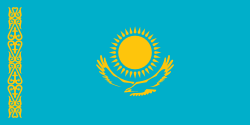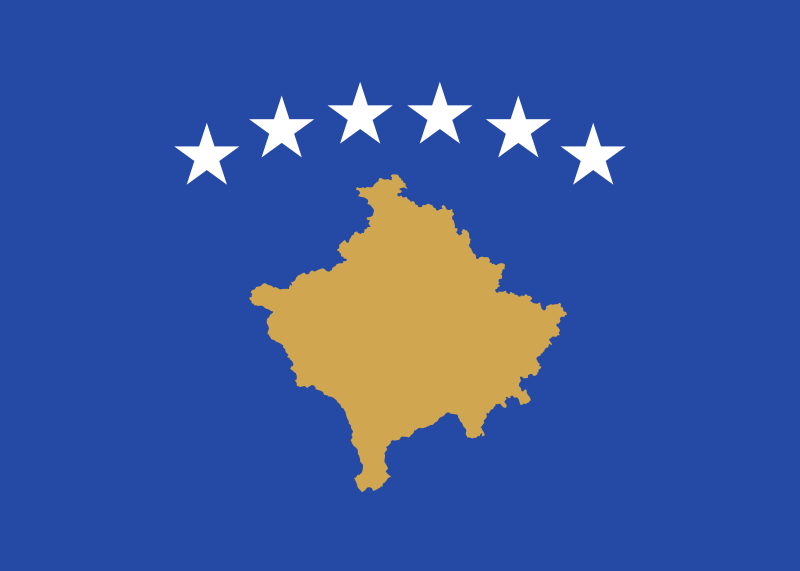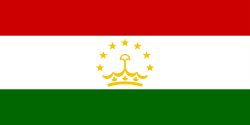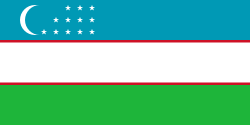General Information
Population
Immigration
Emigration
Working-age population
Unemployment rate
GDP
Refugees and IDPs
Citizenship
Territory
Migration Authorities
Responsible Body
Line Ministries
Ministry of Internal Affairs (MIA)
Ministry of Foreign Affairs (MFA)
Ministry of Justice (MoJ)
State Security Service (SSS)
Ministry of Education, Science and Youth
Agencies
Key Policy Documents
Migration Strategy of Georgia 2021–2030
Integrated Border Management Strategy for 2023-2027
Human Rights Strategy of Georgia for 2022-2030
Migration Strategy of Georgia 2016-2020
2018 Law on Vocational Education
2016 Law on International Protection
2014 Law on the Legal Status of Aliens and Stateless Persons
2014 Organic Law on Georgian Citizenship
Migration Strategy of Georgia 2013-2015
2013-2020 Vocational Education and Training Development Strategy
2011 Law of Georgia on Personal Data Protection
2011 Law on Compatriots Residing Abroad and Diaspora Organizations
Description
For the past two decades, Georgia experience a negative net migration rate, with the exception of 2022, when the country recorded a positive net migration of 54,509 persons. Political instability, security threats, and socio-economic challenges continue to be key push factors for emigration. Youth and individuals with higher-than-average education levels are particularly prone to leaving the country.
According to the National Statistics Office of Georgia, between 98,000 and 240,000 persons emigrated annually in 2018-2023, with half of them aged 15-39. In 2023, the number of emigrants peaked at 245,064, including 163,480 Georgian citizens. This contrasts with the lowest figure in the past eight years, recorded in 2020, when 74,264 people, including 43,349 Georgian citizens, emigrated, largely due to the outbreak of the COVID-19 pandemic.
The most populous Georgian communities exist in the Russian Federation (450,000 persons in 2020), Greece (85,000), Ukraine, Azerbaijan, the US, and Armenia. In 2020, the total number of Georgians living abroad amounted to 861,077, representing approximately 23% of Georgia’s overall population. It is expected that Georgia may lose another 150,000 in population by 2030, partly due to continued high emigration rates.
Remittances play a crucial role in Georgia’s economy, constituting 13,8% of the country’s GDP in 2023, totalling 4.201.3 mln USD. Studies suggest that remittances have had a significant impact on the country’s economic development. In 2020, Georgia ranked 23rd globally for remittance inflows as a percentage of GDP and was second among Eastern Partnership countries, following Moldova. Over the past decade, there has been a gradual decline in the number of Georgian emigrants in post-Soviet countries, leading to a corresponding decrease in remittances from these countries. Meanwhile, the share of remittances coming from the EU has risen.
Since the introduction of visa-free travel with the EU in 2017, the number of Georgian nationals in the Union has rapidly increased. In 2023, the EU issued nearly 34,000 first-time residence permits to Georgian citizens, with the majority issued in Poland, Italy, Germany, and Slovakia. Overall, in 2023, Georgian citizens held over 122,530 valid residence permits in the EU, with the majority issued in Italy, Poland, and Greece. While Poland and Italy predominantly issued these permits for employment purposes, France issued the most permits for family reunification and refugee status. Poland attracts a substantial number migrants within its simplified circular migratory schemes that allow Georgian citizens to work in Poland for six months within a 12-month period. Following the signing of the bilateral agreement between Germany and Georgia in 2020, Georgian labour migrants have also been coming to Germany for seasonal employment in the agriculture sector. Outside the EU, another popular destination for Georgian seasonal migrants is Türkiye.
Along with regular flows, irregular migration to the EU has also increased. The number of Georgian nationals refused entry increased from 2,065 in 2020 to 4,320 in 2023. The number of Georgians staying in the EU irregularly has reached 21,910 persons in 2023, increasing by 87% compared to 11,695 in 2021. The return rate of irregular Georgian migrants slightly improved, from 46% in 2021 to 48% 2022. However, the number of return decisions issued to nationals of Georgia rose by 100% from 10,645 in 2021 to 20,180 in 2023, with most orders issued by France and Poland. Georgia actively cooperates with the EU on returns, respecting the implementation of the readmission agreement concluded with the EU in 2011. The country has also concluded bilateral implementing protocols with 12 EU Member states. The established AVRR programme supports returnees with various reintegration assistance, such as financial, medical or business development support. In addition to the EU, Georgia concluded readmission agreements with Ukraine, Switzerland, Norway, Denmark, Moldova, Montenegro, Belarus, and Iceland. Negotiations with other countries are ongoing.
The worldwide stock of refugees from Georgia has increased in recent years reaching 14,695 persons in 2023, compared to 9,754 persons in 2021, with most of them residing in France. In 2023, the number of asylum applications filed by Georgian citizens within the EU+ area decreased by 3,594 totalling 25,209 applications, compared to 2022. Germany received the highest number of these applications followed by France and Italy. While several EU countries added Georgia to the list of safe countries of origin to stem unfounded asylum claims, Belgium removed Georgia from the list in 2023.
Georgia has witnessed a significant inflow of foreign nationals in recent years. According to the National Statistics Office, number of immigrants has increased from 89,996 in 2020 to 205,857 in 2023. English language certificate programmes have attracted many international students, indicating an increase from 6,643 students in 2015-2016 academic year to 30,701 in 2023-2024 academic year. Other immigrant groups include labour migrants, family members, entrepreneurs and refugees from Ukraine, Turkey, India, Azerbaijan, Russia and other countries, with noteworthy majority of Georgian citizens (91,896 in 2023).
Georgia hosts over 26,019 refugees originating mostly from Ukraine, Syria, Iraq, Iran, and Russia. Russia’s invasion of Ukraine also resulted in increased migration and refugee flows to Georgia from these two countries: some 26,000 Ukrainian refugees and 100,000 Russian ‘relokanty’. Over the past decade, Georgia has also become a transit and destination country for African and Asian migrants. Georgia also features approximately 295,872 internally displaced persons from the occupied regions of Abkhazia and South Ossetia. Internal displacement in Georgia dates to the events of 1991–1993 and 2008, with some also displaced due to natural disasters.
Since the initiation of the European Neighbourhood Policy in 2003, Georgia has significantly progressed with developing and improving its migration policy framework and governance. This process was largely linked to the implementation of the Visa Liberalisation Action Plan as well as the country’s Migration Strategies 2013-2015 and 2016-2020. The newly released Migration Strategy for 2021-2030 builds on the previous documents and determines the key strategic directions in migration policy based on research, evidence and experience. Georgia’s Migration Strategies also reflect and build on the 2015 European Agenda on Migration and the United Nations’ Sustainable Development Goals (SDGs), highlighting Georgia’s active role in regional and international cooperation on migration. Other strategic documents and agreements between Georgia and the EU provide additional guidelines on the further development of migration management and the competent institutions in Georgia. Following the application for EU membership in March 2022, Georgia was granted candidate status in December 2023.
Georgia endorsed the Global Compact for Migration in 2018. The country is actively cooperating with international organizations to continue the GCM implementation in compliance with all relevant national and international legal frameworks.
Relevant Publications



















































